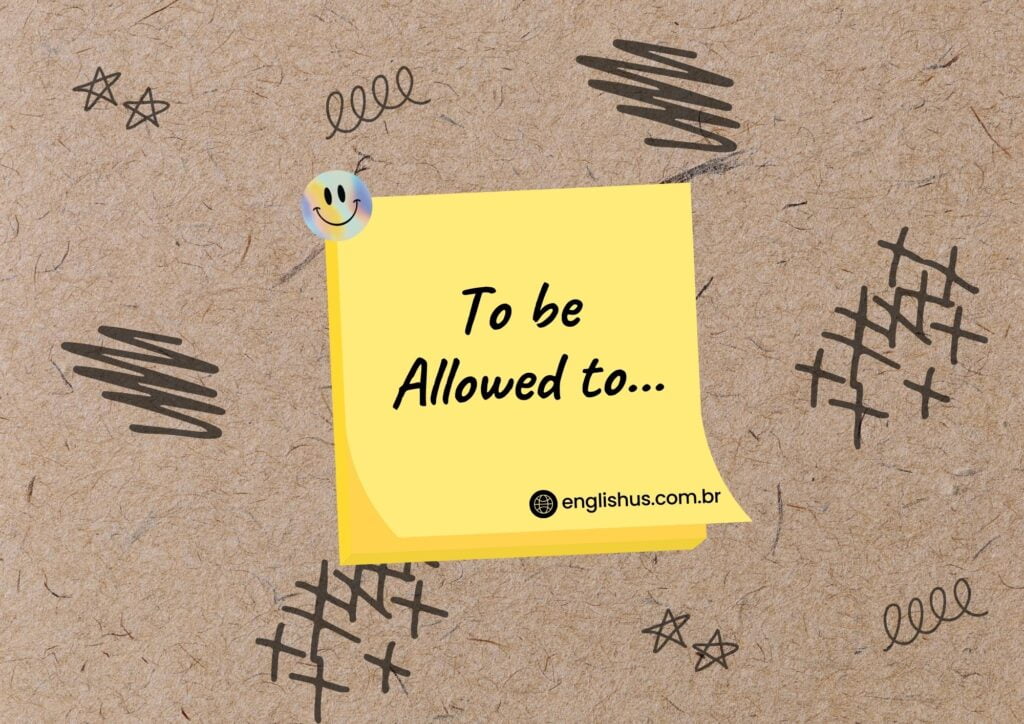Hello, EnglishUs readers! Welcome back to another exciting lesson. Today, we’re going to explore the fascinating world of embedded questions. They are a useful way to ask questions more politely and naturally in English. They can also make your conversations sound smoother and more professional. So, let’s dive in and learn how to use embedded questions with confidence!
What Are Embedded Questions?
They are questions that are included within another statement or question. They are often used to make a question sound more polite or less direct. Unlike direct questions, embedded questions do not follow the typical question word order (subject-verb inversion).
For example:
- Direct question: Where is the bank?
- Embedded question: Can you tell me where the bank is?
Structure of Embedded Questions
When embedding a question within another question, use the following structure:
[Main question] + question word + subject + verb
- Can you tell me where the nearest station is?
- Do you know when the movie starts?
- Could you explain why she was late?
Key Points to Remember
- No Subject-Verb Inversion: Unlike direct questions, They do not invert the subject and the verb.
- Use Question Words: They often begin with question words like who, what, where, when, why, and how.
- Politeness: They are a polite way to ask for information.
Examples of Embedded Questions
With Questions
- Can you tell me how much this costs?
- Do you know who is coming to the party?
- Could you please explain what happened yesterday?
- Do you have any idea why they are late?
- Can you remember where we parked the car?
Yes/No Questions
Yes/no questions are a bit different. Instead of a question word, they use “if” or “whether.”
With Questions
- Do you know if he is coming?
- Can you tell me whether they have finished?
- Could you ask her if she needs anything?
- Do you remember if we locked the door?
- Would you mind telling me whether they accepted the offer?
Common Mistakes to Avoid
- Using Question Word Order
Incorrect: Can you tell me where is the bank?
Correct: Can you tell me where the bank is?
- Forgetting “If” or “Whether” in Yes/No Questions
Incorrect: Do you know he is coming?
Correct: Do you know if he is coming?
- Directly Embedding Without the Main Clause
Incorrect: Where is the bank is?
Correct: Can you tell me where the bank is?
Practical Tips for Using Embedded Questions
- Practice Rephrasing Direct Questions: Take direct questions and practice turning them into embedded questions.
- Use in Conversations: Start using embedded questions in your daily conversations to make them sound more natural and polite.
- Listen and Imitate: Pay attention to how native speakers use embedded questions in various contexts, such as in movies, TV shows, and real-life conversations.
You’ve just learned how to use embedded questions to enhance your English communication skills. Keep practicing these structures, and soon they will become an effortless part of your speech. For more tips and strategies on improving your English, check out the ebook “The Personal Development through English Language.” This ebook is packed with practical advice and inspiring stories that will help you enhance your language skills and achieve your personal goals. It’s not just about learning English; it’s about using the language to unlock new opportunities and transform your life. So, grab your copy today and continue your journey toward becoming fluent and confident in English! For more information, click HERE.
Embedded questions are an essential part of making your English sound more polite and natural. They are not just useful for formal settings but also for everyday conversations. With practice, you’ll find that using embedded questions becomes second nature.
Keep practicing, stay curious, and see you next time on EnglishUs!

